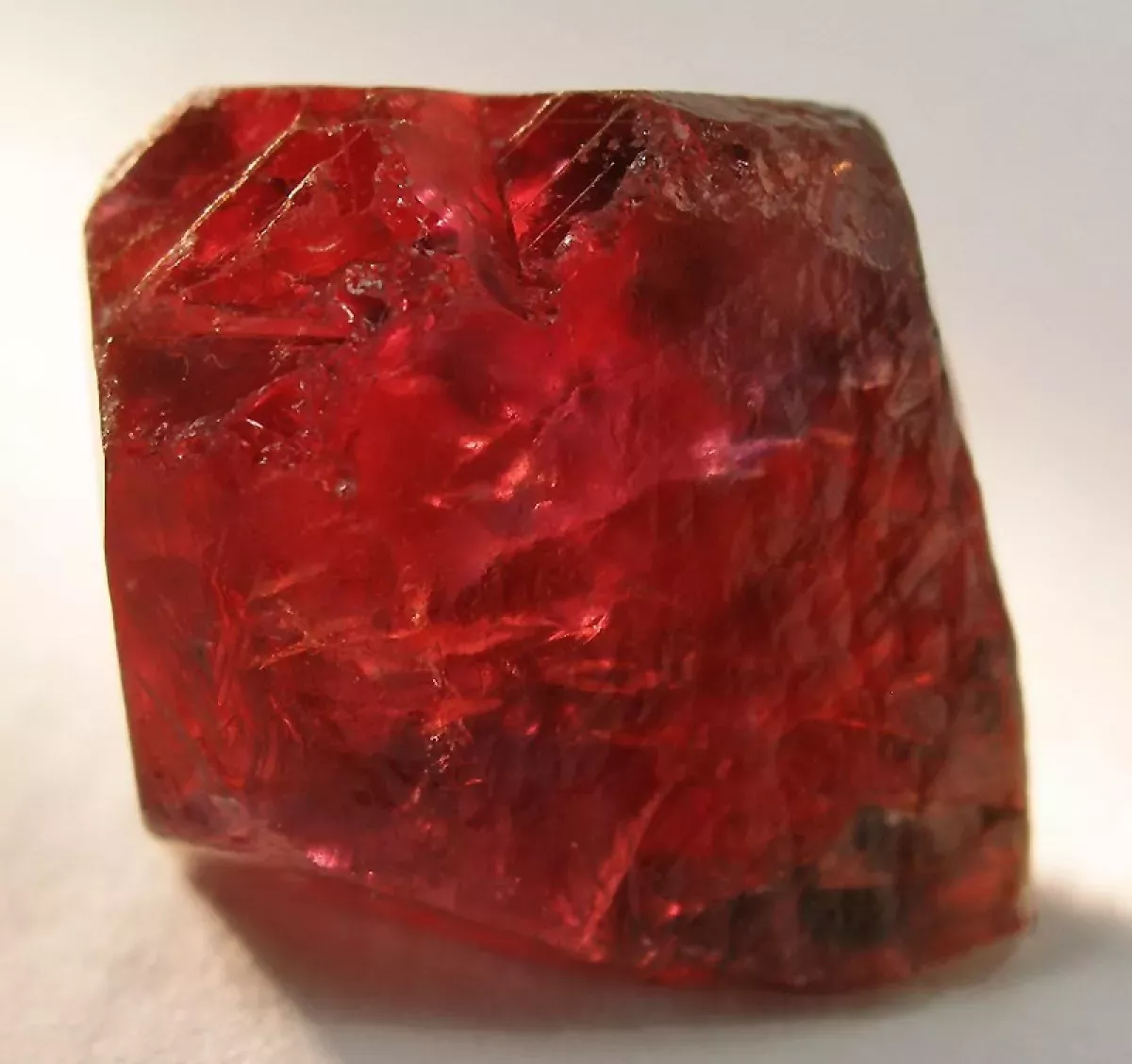Ruby is a red gemstone, a variety of the mineral corundum, known for its vibrant color ranging from pinkish red to blood red. It is a durable and highly sought-after gemstone used in traditional jewelry. The name ruby originates from the Latin word "ruber," meaning red, and its color is attributed to the presence of chromium. Ruby is considered one of the cardinal gems, along with amethyst, sapphire, emerald, and diamond.
1903: Verneuil's Synthetic Ruby Breakthrough
In a groundbreaking achievement in 1903, Auguste Verneuil unveiled his method for producing synthetic rubies on a commercial scale. This process, known as flame fusion or the Verneuil process, revolutionized the gem industry.
1907: Verneuil's Ruby Production Reaches New Heights
In 1907, just a few years after its inception, Verneuil's synthetic ruby production achieved a remarkable milestone, reaching an annual output of 1,000 kilograms (2,000 pounds). This substantial production volume underscores the impact of Verneuil's invention.
1910: Expansion of Verneuil's Production
By 1910, Verneuil's synthetic ruby operation had significantly grown, expanding to a facility with 30 furnaces. This expansion highlights the rapid adoption and demand for synthetic rubies shortly after their invention.
1960: Invention of the Ruby Laser
In 1960, Theodore H. Maiman achieved a historic breakthrough by creating the first functional laser. Maiman's invention utilized a synthetic ruby rod to generate red laser light. Ruby lasers continue to find applications in various fields.
2009: Discovery of Montepuez Ruby Mine
The year 2009 marked a pivotal discovery in the ruby world with the unearthing of the Montepuez ruby deposit in Mozambique. This site quickly gained prominence as a leading source of gem-quality rubies, transforming Mozambique into a top ruby producer within a decade.
2017: Ruby Mining Developments
In 2017, significant developments took place in the ruby mining industry. Pakistani Kashmir, holding massive ruby reserves, had only one operational mine due to limited investment. Afghanistan continued ruby extraction at Jegdalek. Notably, Greenland witnessed the opening of the Aappaluttoq ruby mine.
Mentioned in this timeline
Greenland is an autonomous territory within the Kingdom of Denmark...
Trending
6 months ago Charley Hull shines at Women's PGA Championship, pursuing major breakthrough after near misses.

4 months ago Colorado Lottery results: Pick 3 Midday and Evening winning numbers for August 14, 2025.
Spirit Airlines is an American ultra-low-cost carrier based in Florida operating scheduled flights across the U S Caribbean and Latin...

1 month ago Widespread Flight Cancellations and Delays Ground Thousands of Passengers Across the US

10 days ago Candace Cameron Bure resists cancel culture, unveils new 'Rise and Renew' devotional.
1 month ago Six missing children found safe in Lancaster County after search by police.
Popular

Candace Owens is an American conservative political commentator and author...

Ilhan Omar is an American politician currently serving as the...

XXXTentacion born Jahseh Dwayne Ricardo Onfroy was a controversial yet...

Tom Cotton is an American politician and Army veteran currently...
The Kennedy Center Honors are annual awards recognizing individuals and...

Kelsey Grammer is an accomplished American actor producer and singer...
